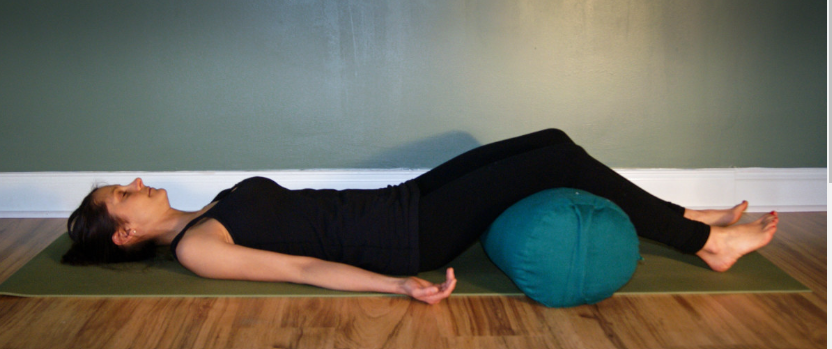
Do you have nagging low back and/or hip pain that never completely goes away?
Maybe it flares up during exercise or with certain movements? At a loss of what to do?
Did you know that most joint pain is a result of poor joint stability?
Have you considered how you are breathing and what this means for your core and hip stability?
We often think that breathing is something that should come naturally. How can we breathe incorrectly? Quick answer... our body can get stuck in one breathing pattern, when it should be utilizing a variety of breathing techniques.
How do we get stuck? Quick answer... stress. When our body is under any form of stress, rather it be physical, emotional or psychological the most common type of breathing we see today is Supra-diaphragmatic breathing. This type of breathing is associated with our sympathetic nervous system and is our fight or flight state that comes with elevated heart rates and elevated blood pressure. Prolonged breathing above the diaphragm results in a contracted (tight) chest, elevated shoulders and rib cage. If we get stuck in this breathing pattern we develop overactive chest, shoulder, neck, pelvic floor and hip muscles that have trouble relaxing. This can lead to overloading the lumbar discs and the hip joints overtime.

Compare this to the sub-diaphragmatic breathing pattern that is associated with our parasympathetic nervous system, our “rest and digest” state. This is where our heart rate slows down and blood pressure returns to a normal state. This type of breathing allows for a 3-dimensional breathing pattern, with abdominal, rib cage and pelvic floor relaxation. If we never explore this type of breathing pattern, we are missing out on stabilizing the core and the hips in every step we take, which protects us from degenerative joint diseases, unnecessary pain and unpleasant symptoms.

Understanding and practicing how to breathe in a relaxed posture is extremely important for anyone looking to protect their body from unnecessary pain and dysfunction.
Try lying on your back in a relaxed position with palms facing up and a pillow under your knees. Inhale through your nose for 4-5 seconds and feel your ribcage expand and your abdomen rise. Try to avoid inhaling with a lot of chest and shoulder movement. Hold that breath for a second and slowly begin to exhale through the nose, keeping your mouth closed and tongue at the roof of your mouth. This exhale should take approximately 6-8sec. Repeat this for 2-3 minutes.
Alternatively, you can try laying on your stomach. Feel how your ribcage and belly is supported by the floor. When you inhale through your nose, you should feel the pressure on your ribcage, belly increase and your back expand. I recommend you ask someone to watch you do this or record yourself with your phone to watch how you are breathing (Hint: you should only see movement in your belly and lowback, not in your shoulders, chest, upperback or neck). The purpose of practicing this type of breathing is to achieve full relaxation in every muscle, including your neck, jaw, fingers, legs, toes, pelvic floor for example.
If laying on your back or your stomach is uncomfortable or painful, it is important to seek help from a qualified health care professional. We always recommend speaking with your family doctor first, but also seeking out other holistic methods as well. For example, a Pelvic Floor Physiotherapist would be helpful to work with when specifically noticing tension and pain in your low back, hips, butt and/or pelvic floor. You may also utilized an osteopath and/or massage therapists to help release tense and overactive muscles.
Once you have mastered the art of relaxed breathing, then you can begin to contract and strengthen your diagphram and pelvic floor muscles with what we call progressive overload. The pelvic floor needs to be trained regularly to have the endurance to stabilize us during all types of movements and workouts. While many pelvic floor exercises are done while lying down, you will need to be sure that they are being integrated in standing positions and other exercises as well. Our pelvic floor is an anti-gravity muscle and should be trained as such!
Daily practice of both breathing and pelvic floor activation techniques are critical to managing stress and exercising effectively and safely for the purpose of injury preventional and athletic performance.
At get started with one of our health care providers here in London, Ontario please click, "Book Online".
When you book your first visit online, make sure to include the coupon code "50%offblog" to get 50% off your first visit.











Comments